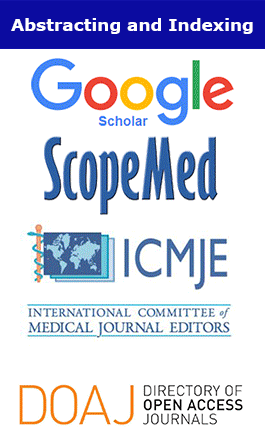Progress in Medical Sciences. 2020;
4(1):(19-231)
A review on unconventional methods for the diagnosis of drowning
Ritwik Ghosh, Saikat Das, Soumeek Chowdhuri
Abstract
Drowning is one of the most complex pathophysiological phenomena in forensic medicine. Till date, no accurate diagnostic test exists to diagnose death due to drowning. This is probably due to the close relation of drowning death with death caused by asphyxia. Although in the recent years, there have been various advances in the methods to diagnose drowning accurately. Among the conventional methods, the estimation of various ions from vitreous humor, pericardial fluid, pleural effusion fluid, and fluid from sphenoid sinus have been made more accurate by using state of the art equipments. The correlation with lung weight has also shown great results in improving the accuracy of diagnosis of drowning cases. Biomarkers like pulmonary surfactants and aquaporins have also shown great potential in developing a screening test to diagnose drowning death. Receptor for Advanced Glycation End Products (RAGE) is another such new biomarker. Its mRNA expression levels have shown great potential in diagnosing drowning deaths. These biomarkers as well as the modified conventional methods, such as impedance spectroscopy, postmortem computed tomography, and electrolyte estimation from various bodily fluids have shown the potential to increase the accuracy of diagnosing drowning deaths, manifold.

